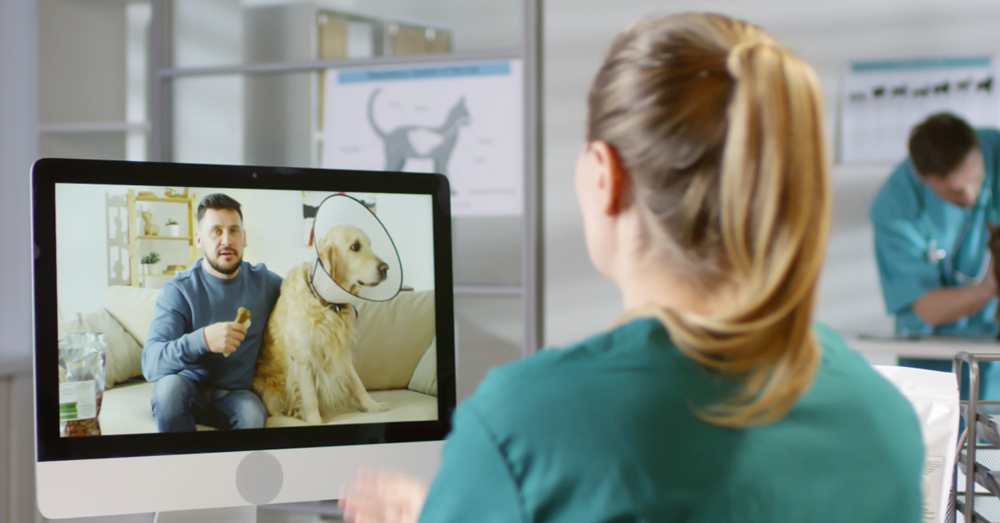The American Veterinary Medical Association (AVMA) continues to recommend in-person visits and hands-on examinations when seeing patients for the first time, as a crucial step in establishing the veterinarian-client-patient relationship (VCPR). According to the AVMA, a VCPR that is established virtually has the potential to create serious risks for patient health and safety. Additionally, an in-person visit enables the veterinarian to conduct essential diagnostic tests and understand the owner’s preferences in caring for the animal, ensuring a comprehensive and effective approach to treatment.
With this premise serving as an overarching guideline for veterinary practices, VCPR regulations also vary by state. And some states are now forging a new path in allowing first-visit appointments to be conducted over telemedicine. For example, Arizona now has a law in place allowing VCPR to be set up via telemedicine, and California has similar legislation that was just signed into law, to take effect in January of 2024.
It’s important to note that the AVMA does not dispute the effectiveness of telemedicine visits after the VCPR has been established through an in-person visit. They note that its proper use can improve effectiveness and efficiency in delivering quality care, while providing convenience to clients and veterinary practices.
Best Uses for Telemedicine
If you find that your state’s legislative and regulatory environments allow telemedicine, here are helpful ways that it can add value not only to your veterinary practice, but also to the client and patient:
1) Virtual Consultations for Non-Emergency Cases
Telemedicine is extremely valuable for routine follow-up appointments with patients that have an established relationship, for things like medication reviews; discussions of any symptoms, concerns, or questions; dosing and administration; behavior consultations; and general pet health questions.
2) Triage and Initial Assessments
Humans need urgent care at times … and so do pets. In these instances, veterinarians can quickly evaluate symptoms, provide immediate first-aid instructions, and determine whether an in-person visit is needed. This is especially helpful if the client cannot immediately get the patient to the clinic.
3) Behavioral Consultations
Telemedicine is also ideal for behavioral consultations, allowing veterinarians to observe pet behavior in the home environment. In fact, these visits can be even more effective than in-clinic behavioral assessments, where behavior may be modified based on the altered environment.
4) Post-op Follow-ups
A post-op telemedicine visit works as long as the pet’s condition allows for it. Veterinarians can monitor surgical sites, assess healing progress, and address concerns of the client remotely.
5) Chronic Disease Management
Once a chronic disease has been diagnosed and the patient is on a regulated treatment plan, telemedicine can provide a convenient way for both the veterinarian and client to manage and monitor the disease. Veterinarians can discuss treatment plans with the client and easily monitor progress.
6) Second Opinions/Consultations
When clients want to seek second opinions from remote specialists or experts, telemedicine is an effective option. With it, they can access a wider range of veterinary expertise than they normally would be able to do. Veterinarians can also collaborate with specialists via telemedicine, especially if the practice doesn’t have that particular expertise on staff.
With all of these benefits, the convenience of having telemedicine built right into your software, as NaVetor provides, is invaluable. There’s no extra expense for the practice, and telemedicine can provide potential extra revenue in that veterinarians can see more patients in a day. If you’re looking for a better cloud software platform, check us out!
Request a Demo
Inspired by what you’ve seen? Interested in seeing how NaVetor can work in your practice? Contact us to set up a personalized demonstration of the software.
Sales: 877-422-8838

